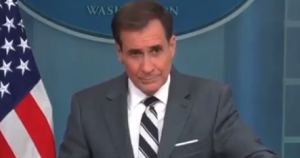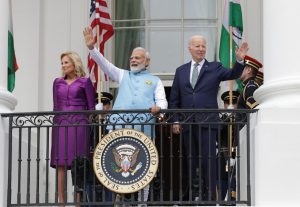Prime Minister Narendra Modi arrived in Bengaluru on Friday to unveil the 108-feet bronze statue of the city’s founder Nadaprabhu Kempegowda. He will also inaugurate Terminal 2 of the International Airport.
The new terminal construction cost around Rs 5,000 crore. The prime minister is also scheduled to flag off south India’s first ‘Vande Bharat Express’ between Mysuru and Chennai via Bengaluru.
The airport has been named after Nadaprabhu Hiriya Kempe Gowda, also known as Kempe Gowda, who was a chieftain under the Vijayanagara Empire.
Also Read | Bangalore airport: Kempegowda statue height, location, cost and other details
Who was Kempe Gowda?
Kempe Gowda was born in Yelahanka and was the son of Morasu Vokkaliga Kempananje Gowda, who had ruled Yelhankanadu for more than 70 years. The Yelahankanadu Prabhus belonged to Gowda community .
He received education at Gurukula in Aivarukandapura (Aigondapura), a village near Hesaraghatta, for nine years. Kempe Gowda assumed the chieftaincy from his father in 1513.
The city was fortified by Kempe Gowda in 1537. Kempe Gowda erected many Kannada inscriptions in the region. He was one of the most well-educated and successful rulers of his time.
Kempegowda’s birth anniversary celebrations are organized by the state government every year across Karnataka on June 27. It is marked as Kempegowda day or ′Kempegowda Jayanthi.′
An award is established and named after the ruler, called Kempegowda Award, which is presented annually at ceremony held by BBMP.
Kempe Gowda built a red fort with eight gates and a moat surrounding it.
Also Read | ‘Survivor: The Amazon’ contestant Roger Sexton dies at 76 from Lewy Body Dementia
He died in 1569, having ruled for about 56 years. A metal statue of Kempe Gowda was posthumously installed in 1609 at Gangadhareshwara temple at Shivagange.
In 1964, another statue was erected in front of the Corporation Office, Bangalore.







